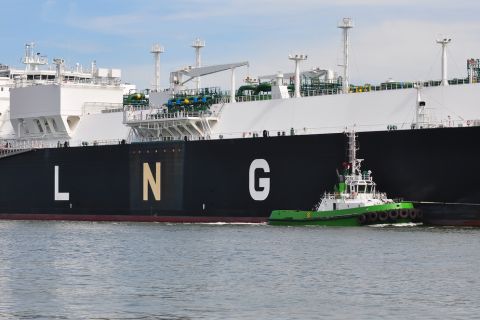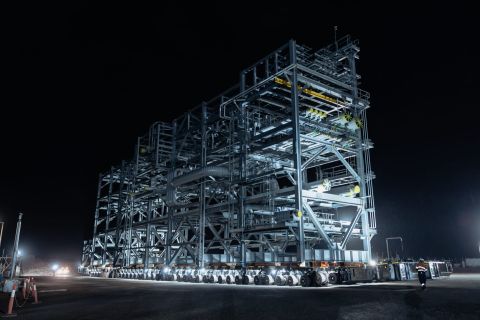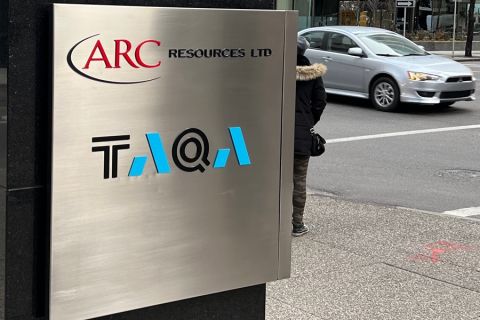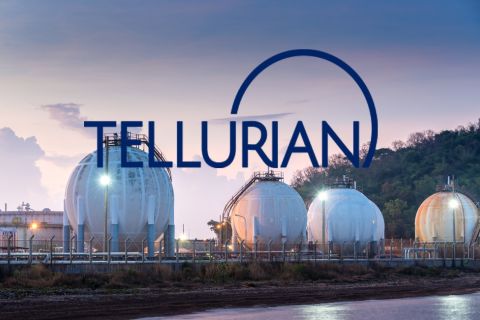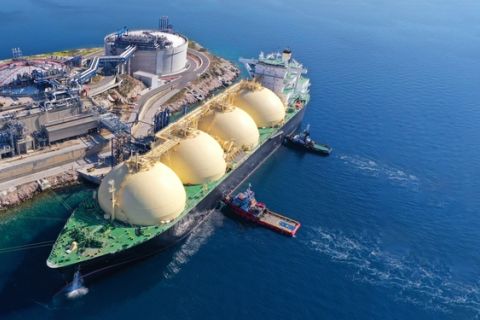Horizontal wells have become an increasingly common means of tapping into difficult-to-access reservoirs. Horizontal wells bring the benefit of greater contact between the wellbore and the reservoir, thus increasing drainage area and improving recovery. These wells also make production possible from very thin hydrocarbon-bearing seams. And they are able to accomplish all of this while reducing the number of wells drilled.
However, the promise of increased production is countered by the challenges that long laterals bring in the form of frictional pressure drop from the heel to the toe, which causes uneven production influx. Reservoir heterogeneities and permeability variations along the wellbore raise the risk of early gas or water breakthrough. Attempts to correct these challenges through wellbore interventions are made more difficult due to limited conveyance options in extended-reach laterals.
Common solutions are costly, complex
The industry has developed a number of advanced lower completion systems to overcome these challenges and optimize production along the entire lateral. Inflow control devices (ICDs), for example, are passive systems designed with tortuous paths or orifices to provide fine zonal resolution for equalized production performance. Typical ICD completions represent static solutions that cannot react to changes in reservoir conditions and fluid properties over the life of the well. Any unpredicted or underestimated zones of high permeability can lead to water breakthrough, limiting effectiveness of the ICD completion and lowering overall production.
Mechanical sliding sleeves also are commonly used to address early water breakthrough by shutting off specific high-water zones with a shifting tool deployed on slickline or coiled tubing. These sleeves can only be fully open or fully closed, with no intermediate choking ability and, hence, limited production control. In addition, conveying a tool to shift the valves is a costly and risky operation.
Until recently, the state of the art was the use of hydraulically actuated valves, which allow remote control of production without well interventions. However, each valve requires multiple control lines to operate, which limits the number of zones that can be deployed in a well. This, coupled with high system cost and complexity, make hydraulic valves a less than optimum choice for these horizontal wellbore applications.
Proactive flow control
Baker Hughes has addressed the limitations of existing lower completion solutions with the development of its MultiNode all-electric intelligent well system. The system enables proactive production optimization and combats water and gas breakthrough through an all-electric control technology that provides precise, real-time and remote actuation of active flow control device (AFCD) valves positioned in an extended number of production zones. Up to 27 valves may be controlled using one downhole cable without the need for wellbore interventions.
This design imparts greater simplicity and speed to the installation process. Having only one control line for a large number of valves significantly reduces the deployment time and requires fewer tubing hanger and packer penetrations compared to completion assemblies that use multiple control lines. A single control line also translates to fewer splices at the tubing hanger and packers, which reduces the number of potential failure points.
Eliminating the need for a well intervention to actuate valves downhole saves time and costs associated with securing an intervention vessel—an expensive proposition in offshore wells. It also lowers HSE risks since intervention crews do not have to be deployed.
A typical zone will consist of a zonal isolation packer such as a swellable elastomer packer, an AFCD valve, permanently installed pressure and temperature (P/T) gauges and fiber-optic distributed temperature-sensing units. These sensors, deployed on a separate control line, continuously transmit downhole production data to a surface control unit (SCU).
When the sensors detect a change in reservoir conditions that may threaten the production profile of the well, the SCU sends a command to one or more of the valves where the change was observed. High water-cut zones, for example, can be easily identified and choked back or shut off entirely on command. Each AFCD valve has six customizable choke settings, including open and closed positions, to control flow in each zone.
Achieving field firsts
Operators in the Middle East have been the first to field-trial the all-electric intelligent well system. One of the first installs was in an onshore horizontal multilateral well that was expected to produce unevenly due to a history of water breakthrough in previous wells.
This well marked one of the most sophisticated applications for the system and called for one of the most advanced installations to date, thanks in part to a completion design that incorporated three laterals in an isolated cased hole along with a horizontal openhole section separated into eight individual zones. For the first time in the industry, an all-electric system would have to remotely monitor and control production in eight zones with a total of 10 P/T sensors deployed across the wellbore. Enabling controlled production from such a large number of individual zones was not possible with traditional hydraulically controlled intelligent completions. An SCU also would have to be deployed that could withstand the harsh high-temperature outdoor desert environment.
Upfront planning brought together technical experts from both the service side and the operator’s engineering units to develop the ideal completion system, which consisted of the well monitoring and control system and open- and cased-hole packers. Prior to deploying the system, a wellbore cleanout was performed as well as a gauge run to ensure that the openhole section was large enough to allow the completion to be run to the target depth. A reamer run was required to enlarge some openhole sections of the well to ensure installation.
AFCD valves were then installed in each of the eight production zones, and P/T gauges were positioned throughout the completion for real-time downhole P/T monitoring to determine the productivity in each zone.
The integration of multiple completion services and multidisciplinary expertise allowed this first eight-zone all-electric intelligent well system to be installed as planned.
The installation of this intelligent completion system is not limited to onshore applications. An operator working offshore in the Middle East used the system to control water breakthrough and optimize production in an extended-reach horizontal well drilled into a carbonate reservoir. Carbonate reservoirs are particularly prone to highly conductive fractures along the wellbore.
A traditional solution might call for deploying mechanical sliding sleeves in a number of zones along the wellbore to shut off water-producing zones. But because of the extended-reach nature of the wellbore, risks of well intervention operations with slickline or coiled tubing string to manually shift sliding sleeves were deemed too high. Operators would incur costs of up to $500,000 per day for an intervention operation and be forced to shut in wells.
The MultiNode system was selected to choke back production from highly conductive zones selectively. A total of five AFCD valves and six P/T sensors were deployed along the lateral and connected to an SCU housed on the platform. The installation went as planned, and the well was brought on production. The system allows the operator to monitor and selectively control acid stimulation and production.
These successful field deployments have helped prove the potential of the all-electric intelligent well system to proactively react to water or gas influx and optimize a well’s long-term production without an intervention.
Recommended Reading
Darbonne: Brownsville, We Have LNG Liftoff
2024-04-02 - The world’s attention is on the far south Texas Gulf Coast, watching Starship liftoffs while waiting for new and secure LNG supply.
Woodside’s Pluto Train 2 Nears 2026 Start Up with Modules Delivery
2024-02-21 - First 3 of 51 modules have arrived on site in Western Australia for the onshore LNG project that will receive gas from the offshore Scarborough project.
ARC Resources Adds Ex-Chevron Gas Chief to Board, Tallies Divestments
2024-02-11 - Montney Shale producer ARC Resources aims to sign up to 25% of its 1.38 Bcf/d of gas output to long-term LNG contracts for higher-priced sales overseas.
FERC Approves Extension of Tellurian LNG Project
2024-02-19 - Completion deadline of Tellurian’s Driftwood project was moved to 2029 and phase 1 could come online in 2027.
New Fortress Starts Barcarena LNG Terminal Operations in Brazil
2024-03-01 - New Fortress’ facility consists of an offshore terminal and an FSRU that will supply LNG to several customers.

